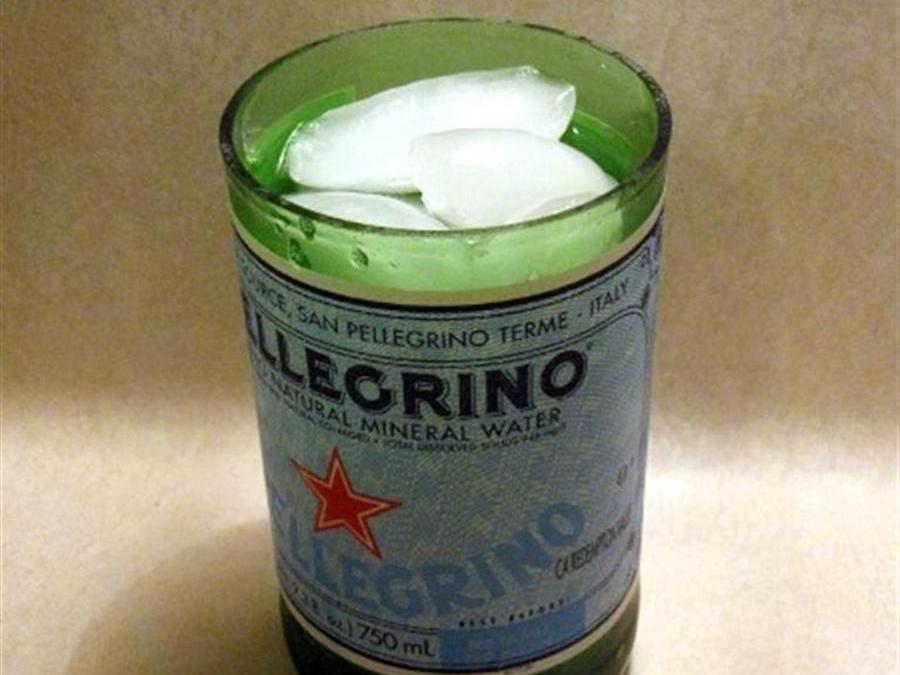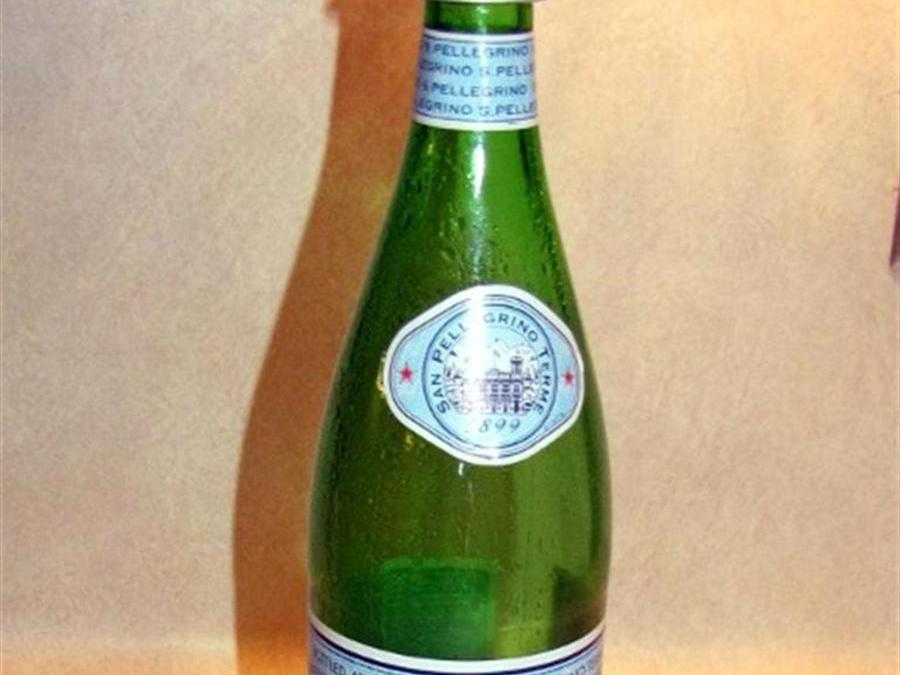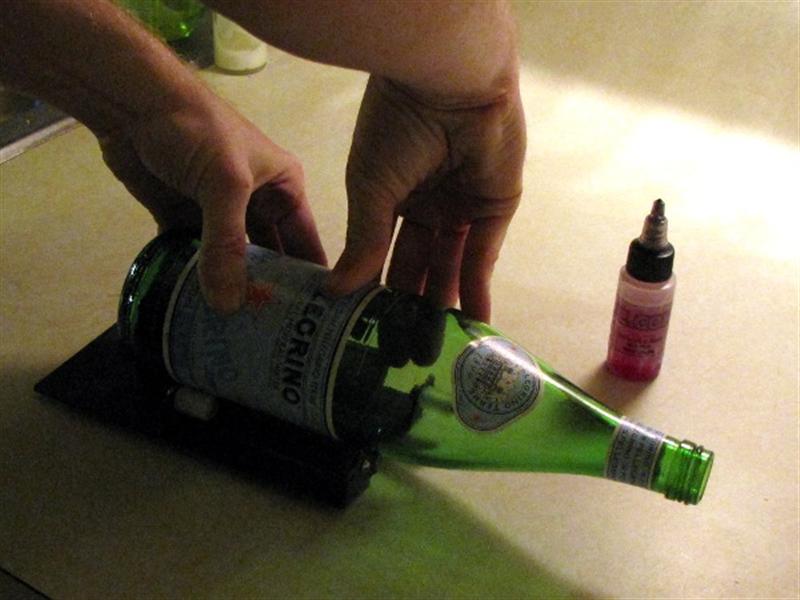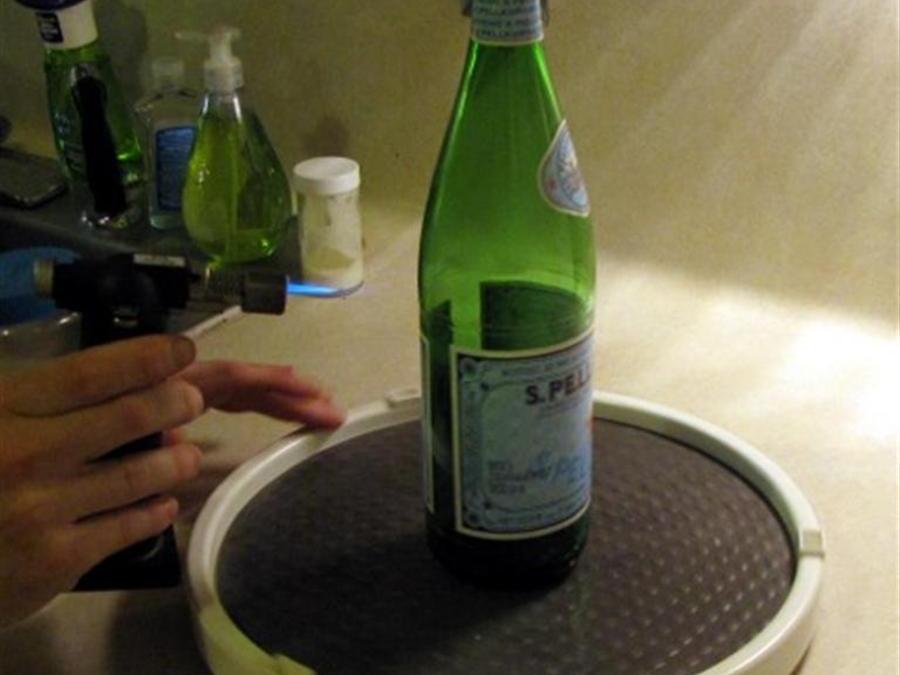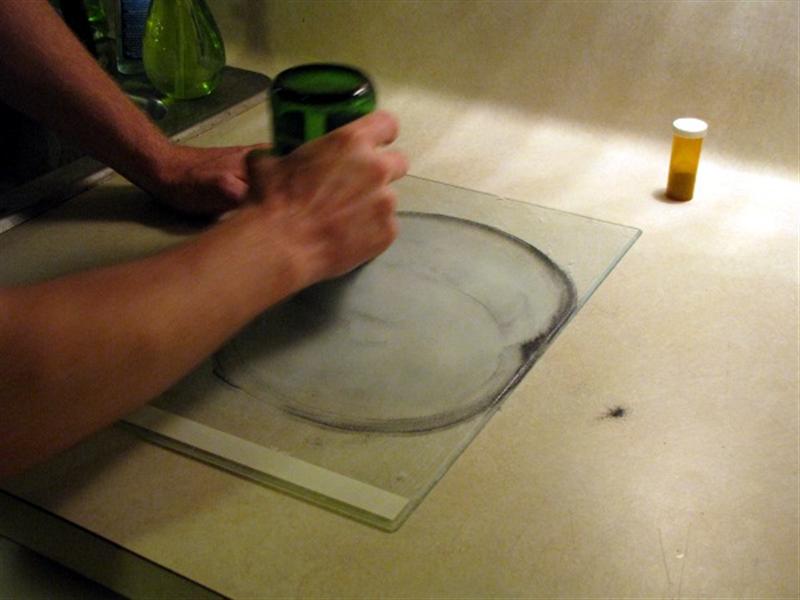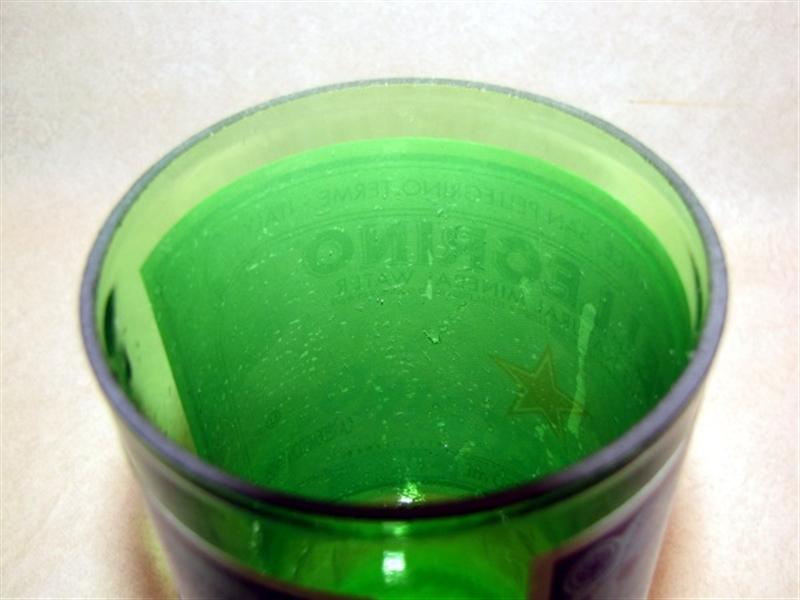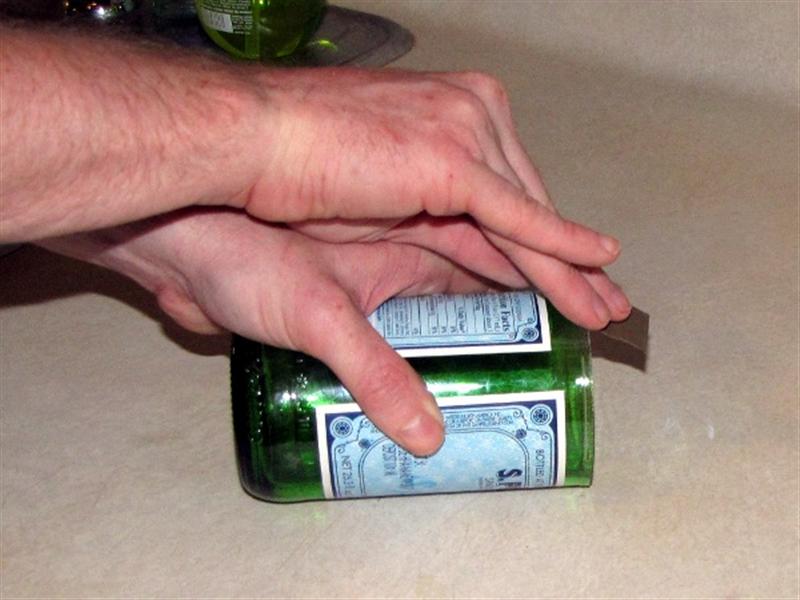There are lots of ways to do this particular trick. You may have seen bottles “cut” using a bucket of ice water, a string soaked in fuel and set alight, a hot narrow gauge resistive wire, or some combination of the above. I’ve tried all of these ways, at one point or another, with varying degrees of success, and I’m reporting here the method that gives most consistent results for me. But if you’re interested in trying some other way, by all means experiment. Glass bottles are freely available just about everywhere, and you can always recycle your mistakes.
Regardless of which of these methods you favor, “bottle cutting” is generally a misnomer, as what’s really going on is a process of controlled breakage. (Unless, of course, you’re actually using a tile saw or something similar, in which case I’m prepared to agree it’s really “cutting.”)
Anyway. Glass, molecularly, is mostly silicon dioxide, but it’s distinct from crystalline solids like ice or table salt in that the molecules are not well-ordered in space. You may have heard some balderdash about how glass is really a liquid with practically infinite viscosity; generally the swelling of ancient cathedral windows at the bottom is cited as evidence to that effect. Well, it’s not true: There is, to my knowledge, no reliable evidence that glass will flow at room temperature regardless of how long you wait. Turns out cathedral glaziers made their windows thicker at the bottom on purpose.
But as an analogy, “infinitely viscous liquid” is not a bad way to understand the random molecular ordering of bulk glass. The upshot of this anisotropy is that glass does not cleave in orderly ways: Cracks tend to wander off in random, unpredictable directions, and shattering can easily occur due to internal stresses. There is, therefor, an element of luck involved in the bottle cutting operation, but with a bit of practice and good technique you can make it work most of the time.


